Creating global financial competence through multifarious economic defiles is the problem facing the monetary world.
Several fortunately identifiable errors in the conception of the natural world existed when the first massive constructions of geometrically designed architecture were completed and remained durable on the prehistorically established path to the Moon and Sun which recently became successful.
In other words, the ancient goals of reaching the Moon and at least understanding why we cannot stand on the Sun were completed, after six or eight thousand years of struggle which began with what is now obviously inadequate information.
The success was almost uneventful because the Moon and Sun had been exactly what they seemed to be throughout all the history of life on Earth. The reports from the several expeditions in the Apollo project were so accurate and anticipated, so deeply pre-acceptable, pre-understood and pre-comprehended, and although recently so predicted, that they almost seemed too pat, too easy, and thus in some sense potentially nothing more than predictions.
Yet they are true. The Moon is an airless, waterless small world orbiting the Earth, made of rock and covered with rock dust, too hot in the two week long day and too cold in the two week long night to survive.
The real problems lay in the immense chaos that exists in the preternatural constructions which we call civilization in the precursors of industrial market economies.
It is vital to scale the magnitude of the planet's entire situation, identify the realm of life throughout the Earth, distinguish it from the complex and emerging realm of constructionist civilization, and identify those parts of the whole which were misconstructions from those parts of the whole which are, in post-Apollo terms, likely to be stable and enduring factors in future economics.
At the outset, a best guess at the state of civilization is that it is half right, half wrong, a field day for both optimist and pessimist. As a starting point, it would fuel improvements for centuries. That means the Yin and Yang duality, fairly well practiced, is at least an acceptable part of reconstruction now that the great Understanding is attained. The world is not half bad, and has a great deal of good. Better yet, with modern concepts of statistical, informational and thermodynamic entropy, it is desirable to consider the possibility that civilization is half order, half chaos.
Nature is likely to be included for all future time among the goals of civilization, because however fragile it is, through its persistence it constitutes the origins of life on Earth, even civilized life. Nature cannot constitute the foundation of civilization; it is not strong enough, and is too delicate, too fragile. Nature is the origin of civilization. Just the same, civilization is not the origin of nature. Civilization already does create events to which nature adapts. Therefore it can be said that civilization changes nature. So far the changes which civilization introduces to nature are not predictable. They consist often of death by pollution; life which survives by surviving pollution is likely to be competitive in subtle ways not easy to anticipate.
For instance, even the question of whether nature will now proceed to evolve more sophisticated silicon life forms, beyond siliceous Diatoms, Hexannelid sponges and Equisetum weed plant into organisms that actually use silicon in dynamically active organic processes such as thought, is often posed. Yet it is not known whether nature or civilization will create the breakthrough adaptation, and in the end, whether that will matter at all.
The outcome may be a fifty million year period of intense competition between exclusively carbon based life forms and life forms using both elements in its dynamics. Considering what silicon carbide is like, the silicon-carbon organisms which emerge in the extremely distant future will be hard as nails and tough as rawhide.
The half chaos, half order situation can always, we now know, be bettered within the walls and protections of human constructions, yet it will always be an exogenous factor, within which the better interpretations of the universe must be within the walls of the cities and their houses. That means sheer chaos will always be an outer limit to economic theory, and the way money behaves when it does, will be within the protection of accounting and finance and the walls of banks and households.
Subscribe to:
Post Comments (Atom)


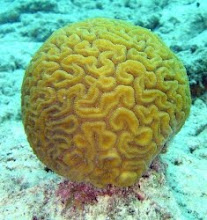
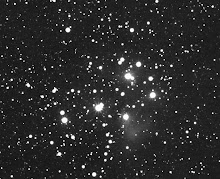
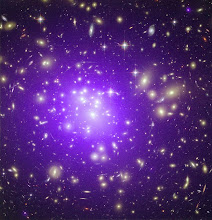
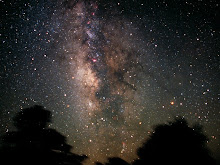
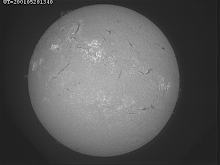

No comments:
Post a Comment